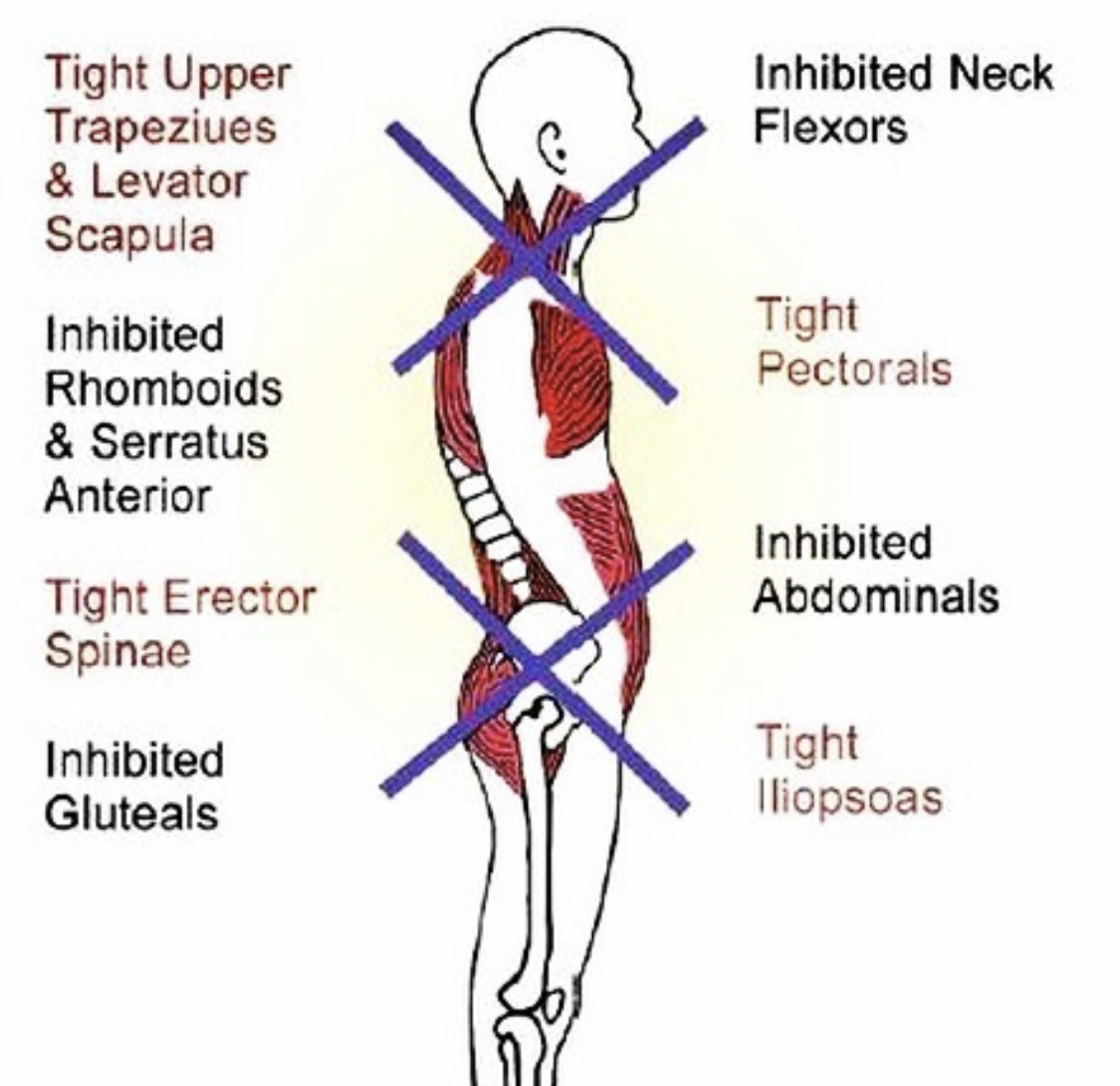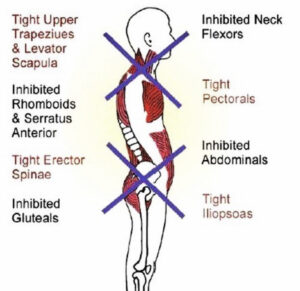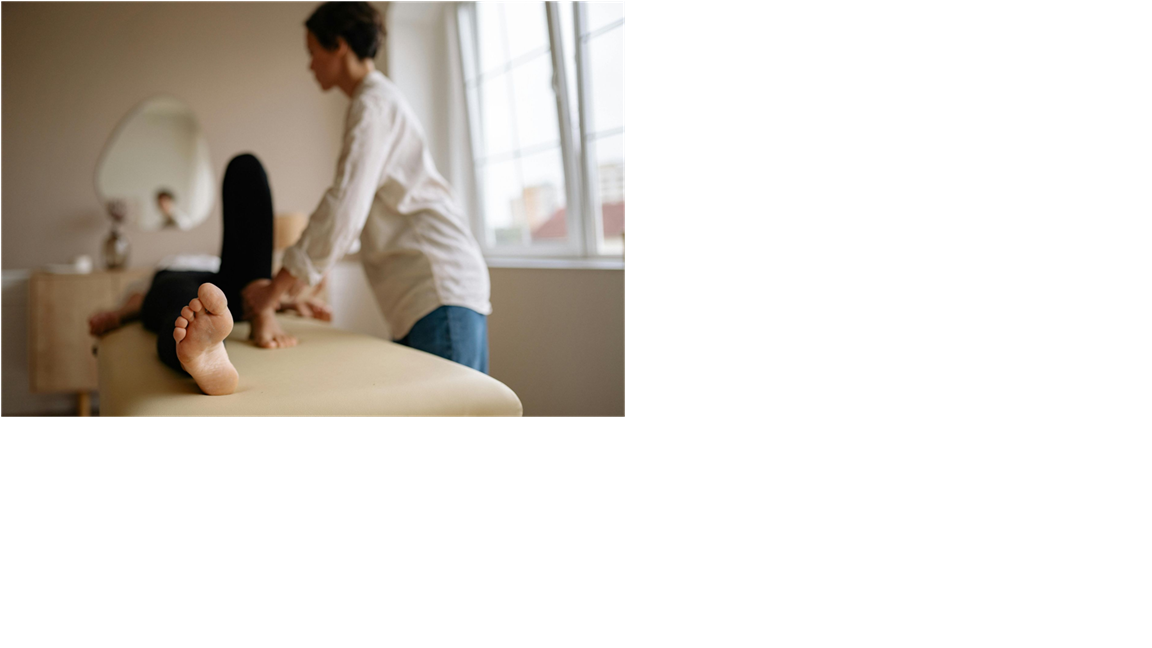Once distinct domains, the fields of fitness, wellness, and clinical healthcare are becoming increasingly intertwined…

Lower Cross Syndrome
Lower Cross Syndrome (LCS) is caused by muscle strength imbalance in the lower segment of the body. When muscles are frequently shortened and lengthened, these imbalances can occur. That is, it occurs when weak abdominal and gluteal muscles are combined with tight iliopsoas and erector spinal muscles. This forms a cross when a person stands sideways. This leads to a person having a forward head posture and flat gluteal or protruding gluteal and a protruding abdomen.

How to know if you have LCS
1. Stand with your back against a wall and make sure your heels are touching the wall. Flatten your lower back to the wall making sure your pelvis and shoulders are on the wall. If you don’t touch the wall with your arms while in that posture, then you may be suffering from LCS.
2. Find a flat surface like a table and sit on it with your legs touching the floor. Raise your knee to your chest and hold it there with your hands and slowly roll onto your back on the table, leaving your other foot on the floor. If you are unable to lay in this position without having your hanging leg hang in a horizontal position, you may have LCS.
LCS Treatment
This can be treated by either loosening the tight iliopsoas and erector spinal muscles or by strengthening the abdominals and gluteals.
Loosening the tight cross helps to reduce any pain and discomfort that comes with LCS and it also helps the body to be receptive to strengthening the weak part of the cross. However, this should be done under the supervision of a licensed health professional. As a Chiropractor, Dr. Sudeep Chawla specializes in this condition working with you structurally and functionally to treat this problem.
Strengthening the weak cross should be done in such a way that the muscles are stabilized. Having exercises like the hip raise can strengthen both the glutes and the deep abdominals.
Your posture can become more neutral if both parts of the cross are well addressed.




